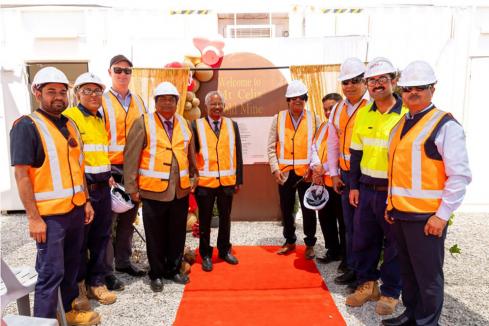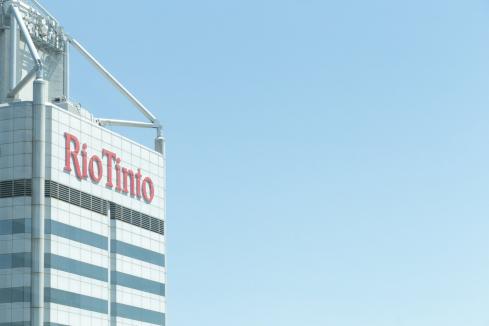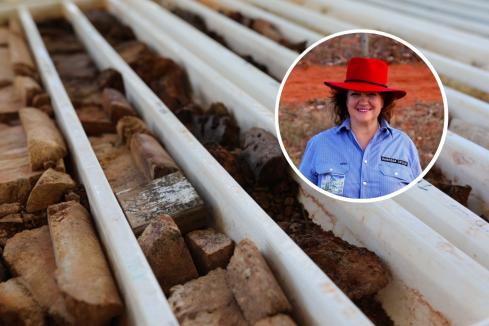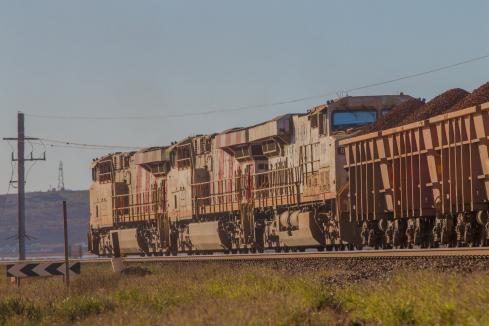Rio Tinto has boosted its global iron ore production to a record level during the June 2013 quarter, as it reviews new options to achieve its growth target at its Pilbara operations. Rio has also disclosed the high cost of a legal dispute with Gina Rinehart's company Hancock Prospecting.

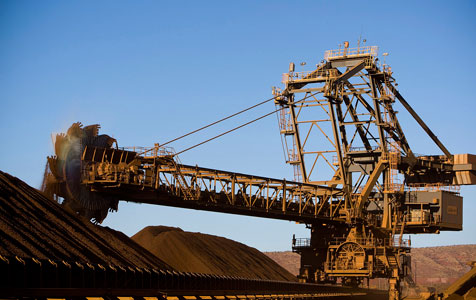
Rio Tinto has boosted its global iron ore production to a record level during the June 2013 quarter, as it reviews new options to achieve its growth target at its Pilbara operations.
Rio has also disclosed the high cost of a legal dispute with Gina Rinehart's company Hancock Prospecting.
The miner lifted total iron ore production by 8 per cent to a record 66.0 million tonnes during the first half of the year.
The world's second largest iron ore miner also shipped a record 61.3 million tonnes of the steelmaking mineral, a 7per cent lift.
The record result came despite a broken conveyor that sidelined one of five ship loaders for almost three weeks and unseasonal rain that caused flooding in the Pilbara.
It also follows the company's first ever loss in 2012 of almost $US3 billion ($A3.31 billion), after writing down the value of its assets by $14 billion.
Capacity in the Pilbara is on time and budget to expand to a run-rate of 290 million tonnes per year by the end of the September quarter, Rio said in a statement.
The company added that the expansion of its Pilbara port, rail and power infrastructure to a capacity of 360mt/pa was currently underway.
The new factor in its expansion plans is whether Rio proceeds with new mines.
It previously stated in its March quarter report that "the new mines to grow production from 290mt to 360mt are still in study".
Rio used different language today, saying "a number of options for mine capacity growth are under evaluation, including the potential development of new mines and incremental tonnes from further productivity improvement at existing mines".
This accords with the industry's renewed focus on efficiency and productivity at existing operations rather than growth in new capacity.
Rio also said today it expects to make a pre-tax provision of US$183 million (A$201 million) in the first half of 2013 after losing a Supreme Court of NSW case against Hancock Prospecting and Wright Prospecting.
The court ruled that a royalty was payable to the two companies in respect of production in part of the Channar and Eastern Range mines.
It has also filed a notice of intention to appeal the ruling.
The two companies were established by the late Lang Hancock and the late Peter Wright, whose children, including Gina Rinehart and Angela Bennett, are the beneficiaries of the royalty deals.
Separately, Rio said copper production for the half jumped 17 per cent to more than 296,000 tonnes.
Copper grades had improved at its Escondida, Chile and Utah mines, offset by the shutdown of the Bingham Canyon mine after a wall slide.
The $US6.2 billion ($A6.84 billion) Oyu Tolgoi copper project in Mongolia made its first shipment of copper concentrate last week.
Meanwhile, Glencore Xstrata announced it was suspending its iron ore mining operations in Australia from next month.
Through its north west Queensland Ernest Henry copper mine Glencore Xstrata produced 1 million tonnes of iron ore concentrate a year as a by-product, a very small amount compared to Rio Tinto and BHP Billiton's iron ore operations.
In a statement, Glencore Xstrata said higher costs and lower prices for iron ore meant its production was not viable.
"The business case, which made magnetite production a positive contribution to Ernest Henry's operations, is not supported in the current market," a spokesperson said.
"Falling revenue, increasing production costs and on-going high logistics costs in getting our product from mine to market have eroded the margins in this business.
Further, global iron ore prices have experienced more than a 30 per cent drop over the past two years."








